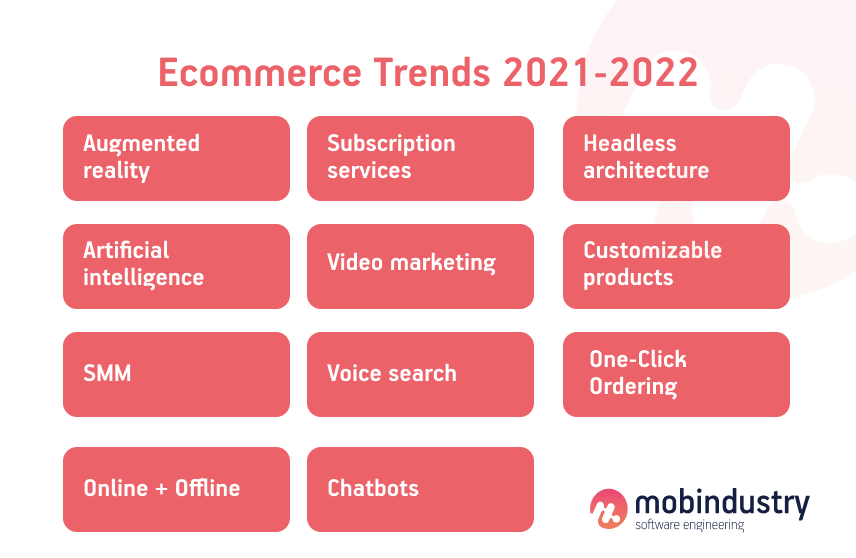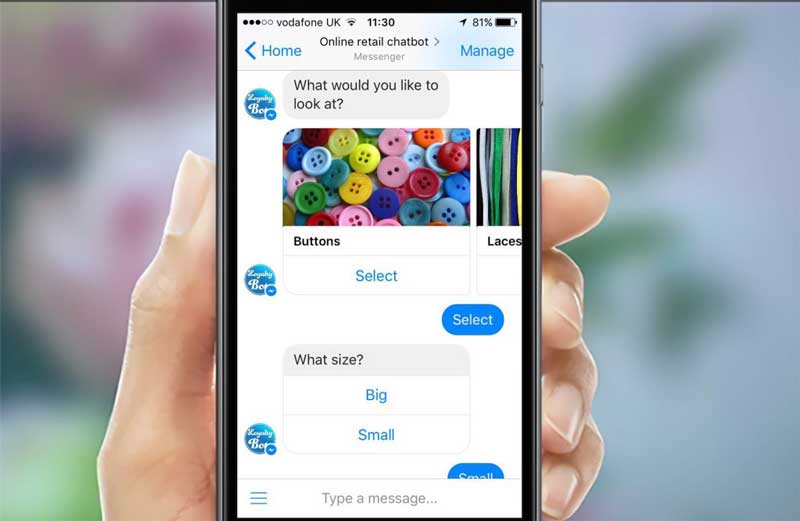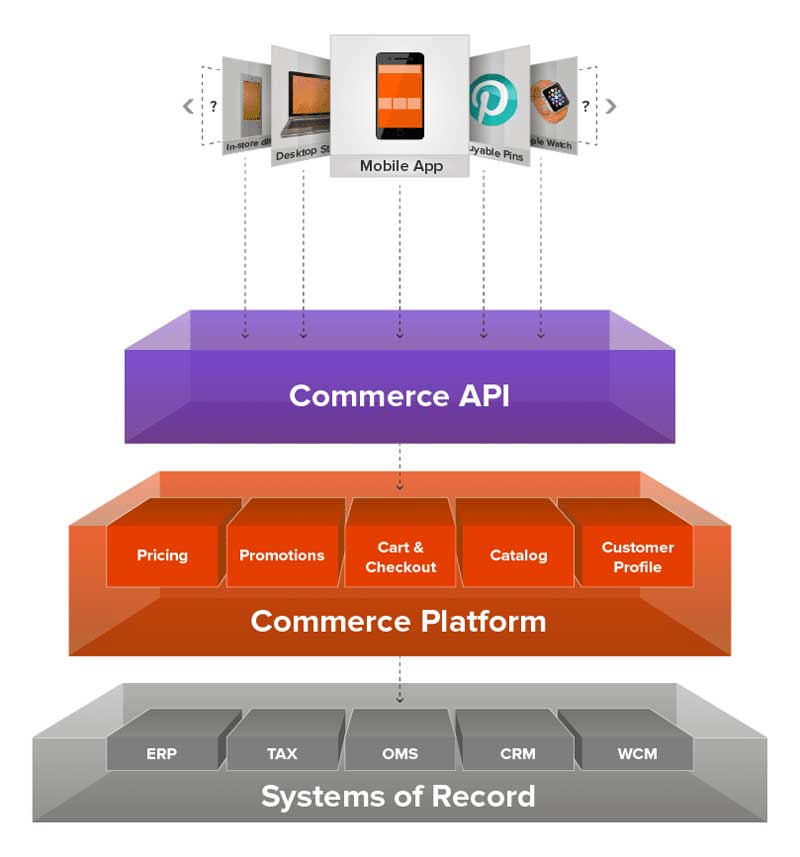We all want to be happy. But is becoming happier even possible? These five tips can show you how to get more joy and satisfaction out of life.
The keys to happiness
Do you, like many people, have a mental list of things you think you need in order to be truly happy? There are many externals our society teaches us to chase: success, wealth, fame, power, good looks, and romantic love. But are they really the keys to happiness?
The research says no, at least when it comes to long-term happiness. A prestigious award, a big raise, an exciting new relationship, a fancy new car, losing weight, these things can make us feel great at first, but the thrill doesn’t last very long. Human beings are quick to adapt to new circumstances—a quality that has helped us survive and thrive. But it also means that the positive things that initially make us happier soon become our new normal and we return to our old happiness baseline.
However, researchers in the field of positive psychology have found that you can genuinely increase your happiness and overall satisfaction with life—and it doesn’t require a winning lottery ticket or some other drastic change of circumstances. What it takes is an inner change of perspective and attitude. And that’s truly good news because it’s something anyone can do.
Myths and facts about happiness
There are a lot of myths out there about what will make you happy. So, before we embark on a tour of the strategies that do work for boosting happiness, let’s dispense with the things that don’t.
Myth: Money will make you happy.
Fact: It’s stressful when you’re
worried about money. In order to be happy, you do need enough of it to cover your basic needs: things like food, shelter, and clothing. But once you have enough money to be comfortable, getting more money isn’t going to make much of a difference in how happy you are. For example, studies of lottery winners show that after a relatively short period of time, they are no happier than they were before their win.
Myth: You need a relationship in order to be happy.
Fact: Being in a healthy, supportive love relationship does contribute to happiness, but it’s not true that you can’t be happy and fulfilled if you’re single. Indeed, singles who have meaningful friendships and pursuits are happier than people in mismatched romantic relationships. It’s also important to note that even a good marriage or romantic partnership doesn’t lead to a permanent, intense happiness boost. Expecting your partner to deliver your happily-ever-after may actually harm the relationship in the long run. You—not your partner or your family members—are responsible for your own happiness.
Myth: Happiness declines with age.
Fact: Contrary to popular belief, people tend to get happier with age. Study after study confirms that seniors experience more positive emotions and fewer (and less intense) negative emotions than young people and middle-aged adults. Generally, older adults are also more satisfied with their lives, less sensitive to stress, and more emotionally stable. Even with the losses that come with age, it is the happiest time of life for many people.
Myth: Some people are just happier than others and there’s nothing you can do to change that.
Fact: Genetics do play a role in happiness. Current research suggests that people are born with a certain happiness “set point.” But that only accounts for about half of our happiness level. Another 10% is due to life circumstances. That leaves 40% that is determined by your actions and choices. That’s a lot of control!
Tip 1: Train your brain to be more positive
Our brains are wired to notice and remember the things that are wrong. It’s a survival mechanism that helped keep our cave-dwelling ancestors safe in a world where there were many physical threats. But in today’s comparatively safe world, this biological predisposition to focus on the negative contributes to stress and unhappiness.
While we can’t change our nature, we can train our brains to be more positive. This doesn’t mean putting on a smiley face and whistling a happy tune no matter what’s going on. You don’t have to ignore reality or pretend things are wonderful even when they’re not. But just as dwelling on negative things fuels unhappiness (and plays a big role in depression and anxiety), choosing to notice, appreciate, and anticipate goodness is a powerful happiness booster.
Express gratitude
Teaching yourself to become more grateful can make a huge difference in your overall happiness. The research shows that gratitude helps you experience more positive emotions, decrease depression, feel better about yourself, improve your relationships, and strengthen your immune system. A recent study revealed that gratitude even makes you smarter about how you spend your money.
There are a number of simple exercises you can practice to increase and cultivate an attitude of gratitude.
Give sincere thanks to others. When someone goes above and beyond or does something to make your day easier, be quick to verbalize your thanks and appreciation. Not only will it make the person feel good, but it will also give you a happiness lift, too. It’s an instant reward to see how expressing gratitude makes a positive difference in someone else’s day. It makes you realize that we’re all connected and that what you do matters.
Keep a gratitude journal. It may sound cheesy, but writing down the good things that happened to you during the day really works. Research shows that keeping a gratitude journal is a powerful technique that instantly makes you feel happier, more connected to others, and genuinely appreciative.
Count your blessings. Make it a habit to regularly reflect on the things you have to be thankful for. Bring to mind all the good people, experiences, and things in your life, both now and in the past. Focus on the blessings both big and small, from the people who love you, to the roof over your head and the food on your table. You will soon see it’s a pretty long list.
Write a letter of gratitude. Think of someone who did something that changed your life for the better and who you never properly thanked. Write a thoughtful letter of gratitude expressing what the person did, how it affected you, and what it still means to you. Then deliver the letter. Positive psychology expert Martin Seligman recommends reading the letter in person for the most dramatic increase in happiness.
Find the positive in a negative event from your past. Even the most painful circumstances can teach us positive lessons. Reevaluate a negative event from your past with an eye for what you learned or how you became stronger, wiser, or more compassionate. When you can find meaning in even the bad things you’ve experienced, you will be happier and more grateful.
Tip 2: Nurture and enjoy your relationships
Relationships are one of the biggest sources of happiness in our lives. Studies that look at happy people bear this out. The happier the person, the more likely that he or she has a large, supportive circle of family and friends, a fulfilling marriage, and a thriving social life.
That’s why nurturing your relationships is one of the best emotional investments you can make. If you make an effort to cultivate and build your connections with others, you will soon reap the rewards of more positive emotions. And as you become happier, you will attract more people and higher-quality relationships, leading to even greater positivity and enjoyment. It’s the happiness gift that keeps on giving.
Make a conscious effort to stay connected. In our busy society, it’s easy to get caught up in our responsibilities and neglect our relationships. But losing touch with friends is one of the most common end-of-life regrets. Don’t let it happen to you. Make an effort to stay connected to the people who make your life brighter. Take the time to call, write, or see each other in person. You’ll be happier about it.
Invest in quality time with the people you care about. It’s not just the time spent with friends and family that matters; it’s how you spend it. Mindlessly vegging out together in front of the TV isn’t going to make you closer. People who are in happy relationships talk a lot. They share what’s going on in their lives and how they feel. Follow their example and carve out time to talk and enjoy each other’s company.
Offer sincere compliments. Think of the things you admire and appreciate about the other person and then tell them. This will not only make the other person happier, but it will also encourage him or her to be an even better friend or partner. As a practice of gratitude, it will also make you value the relationship more and feel happier.
Seek out happy people. Research shows that happiness is contagious. You can literally catch a good mood (you can also catch a bad mood, but thankfully, sadness is less contagious than happiness). So, make an effort to seek out and spend time with happy people. Before you know it, you’ll be feeling happiness, too.
Take delight in the good fortune of others. One of the things that truly separate healthy, fulfilling relationships from the rest are how the partners respond to each other’s good fortune and success. Do you show genuine enthusiasm and interest when your friend or family member experiences something good? Or do you ignore, criticize, or downplay the achievement, feel envious or threatened, or say a quick, “That’s great,” and then move on? If you’d like closer relationships, pay attention when the other person is excited.
Ask questions, relive the experience with the other person, and express your excitement for him or her. Remember, happiness is contagious, so as you share the experience, their joy will become yours.
Tip 3: Live in the moment and savor life’s pleasures
Think about a time when you were depressed or anxious. Chances are, you were either dwelling on something negative from the past or worrying about something in the future. In contrast, when you focus on the present moment, you are much more likely to feel centered, happy, and at peace. You’re also much more likely to notice the good things that are happening, rather than letting them pass by unappreciated or unobserved. So how do you start to live more in the moment and savor the good things life has to offer?
Meditate
Mindfulness meditation is a powerful technique for learning to live in and enjoy the moment. And you don’t have to be religious or even spiritual to reap its benefits. No pan flutes, chanting, or yoga pants are required.
Simply speaking, meditation is an exercise for your brain. When practiced regularly, meditation appears to decrease activity in the areas of the brain associated with negative thoughts, anxiety, and depression. At the same time, it increases activity in the areas associated with joy, contentment, and peace. It also strengthens areas of the brain in charge of managing emotions and controlling attention. What’s more, being mindful makes you more fully engaged in the here and now and more aware and appreciative of good things.
Here are a few mindfulness exercises that can help you get started:
Body scan – Body scanning cultivates mindfulness by focusing your attention on various parts of your body. Like progressive muscle relaxation, you start with your feet and work your way up. However, instead of tensing and relaxing your muscles, you simply focus on the way each part of your body feels without labeling the sensations as either “good” or “bad”.
Walking meditation – You don’t have to be seated or still to meditate. In walking meditation, mindfulness involves being focused on the physicality of each step — the sensation of your feet touching the ground, the rhythm of your breath while moving, and the feeling of the wind against your face.
Mindful eating – If you reach for food when you’re under stress or gulp your meals down in a rush, try eating mindfully. Sit down at the table and focus your full attention on the meal (no TV, newspapers, or eating on the run). Eat slowly, taking the time to fully enjoy and concentrate on each bite.
Notice and savor small pleasures. If you adopt a mindfulness meditation practice, you will automatically begin to notice and savor life’s pleasures more. But there are other things you can do to increase your awareness and enjoyment.
Adopt enjoyable daily rituals. Build moments of enjoyment into your day with pleasurable rituals. These can be very simple things like lingering over a cup of coffee in the morning, taking a short stroll in the sunshine during your lunch hour, or playing with your dog when you get home. It doesn’t matter what you do, as long as you enjoy and appreciate it.
Minimize multitasking. Savoring requires your full attention, which is impossible when you’re trying to do multiple things. For example, if you’re eating a delicious meal while distractedly surfing the Internet, you’re not going to get as much pleasure out of the food as you could have. Focus on one thing at a time in order to truly maximize your enjoyment.
Stop to smell the roses. It may be an old cliché, but it’s good advice. You’ll appreciate good things more if you stop whatever you’re doing for a moment to appreciate and luxuriate in them. It will enhance your pleasure, even if you can only spare a few seconds. And if you can share the moment with others, that’s even better. Shared pleasure is powerful.
Replay happy memories. You don’t have to limit your savoring to things that are happening now. Remembering and reminiscing about happy memories and experiences from your past leads to more positive emotions in the present.
Learn how to fully embrace the change process and create a positive new habit in your life. Join Kelly McGonigal for a free video from Sounds True and initiate the transformation you need most.
Tip 4: Focus on helping others and living with meaning
There is something truly fulfilling in helping others and feeling like your actions are making a difference for the better in the world. That’s why people who assist those in need and give back to others and their communities tend to be happier. In addition, they also tend to have higher self-esteem and general psychological well-being.
Here are some ways to live a more altruistic, meaningful life:
Volunteer. Happiness is just one of the many
benefits of volunteering. You’ll get the most out of the experience by volunteering for an organization that you believe in and that allows you to contribute in a meaningful way.
Practice kindness. Look for ways to be more kind, compassionate, and giving in your daily life. This can be something as small as brightening a stranger’s day with a smile or going out of your way to do a favor for a friend.
Play to your strengths. The happiest people know what their unique strengths are and build their lives around activities that allow them to use those strengths for the greater good. There are many different kinds of strengths, including kindness, curiosity, honesty, creativity, love of learning, perseverance, loyalty, optimism, and humor.
Go for the flow. Research shows that flow, a state of complete immersion and engagement in an activity, is closely associated with happiness. Flow happens when you’re actively engaged in something that is intrinsically rewarding and challenging yet still attainable. Anything that completely captivates you and engages your full attention can be a flow activity.
Tip 5: Take better care of your health
You can be happy even when you’re suffering from illness or bad health, but that doesn’t mean you should ignore the aspects of your health that are in your control. Exercise and sleep are particularly important when it comes to happiness.
Make exercise a regular habit
Exercise isn’t just good for the body. It also
has a powerful effect on mental well-being. People who exercise regularly are happier across the board. Plus, they’re also less stressed, angry, anxious, and depressed.It doesn’t really matter what kind of exercise you do, so long as you do it regularly. For best results, aim for an hour of exercise at least five days a week. If you find something you enjoy, you’ll be more likely to stick to it. So don’t think you’re limited to going to the gym or lacing up jogging shoes. Find something that suits your lifestyle and preferences. It could be taking a dance class, shooting hoops, walking in nature, joining a community sports league, playing tennis, running with your dog, swimming laps at the pool, hiking, biking, or doing yoga in the park. If you’re having trouble thinking of activities you enjoy, think back to when you were a kid. What sports or games did you like to play?
Get the sleep you need
Getting
quality sleep every night directly affects your happiness, vitality, and emotional stability during the day. When you’re sleep-deprived, you’re much more susceptible to stress. It’s harder to be productive, think creatively, and make wise decisions. How much sleep do you need? According to sleep scientists, the average person needs at least 7.5 – 9 hours each night.




















